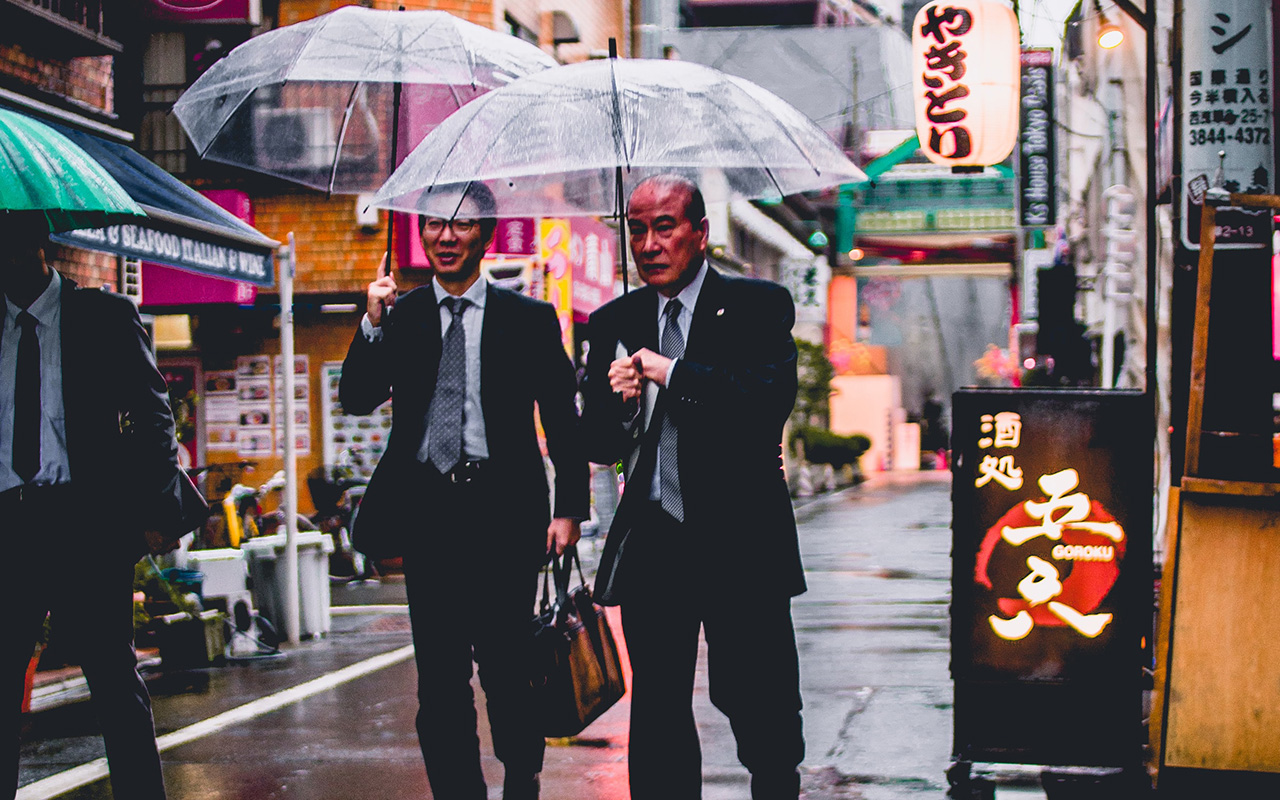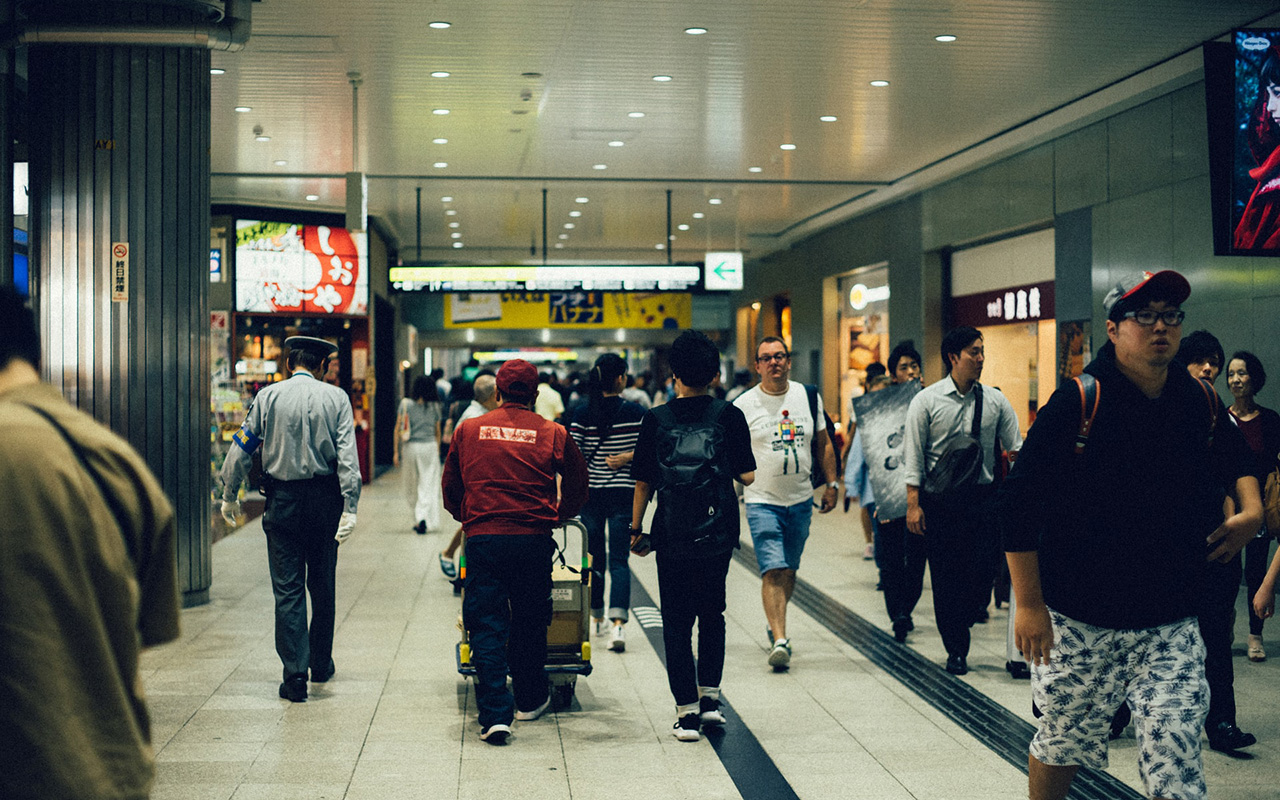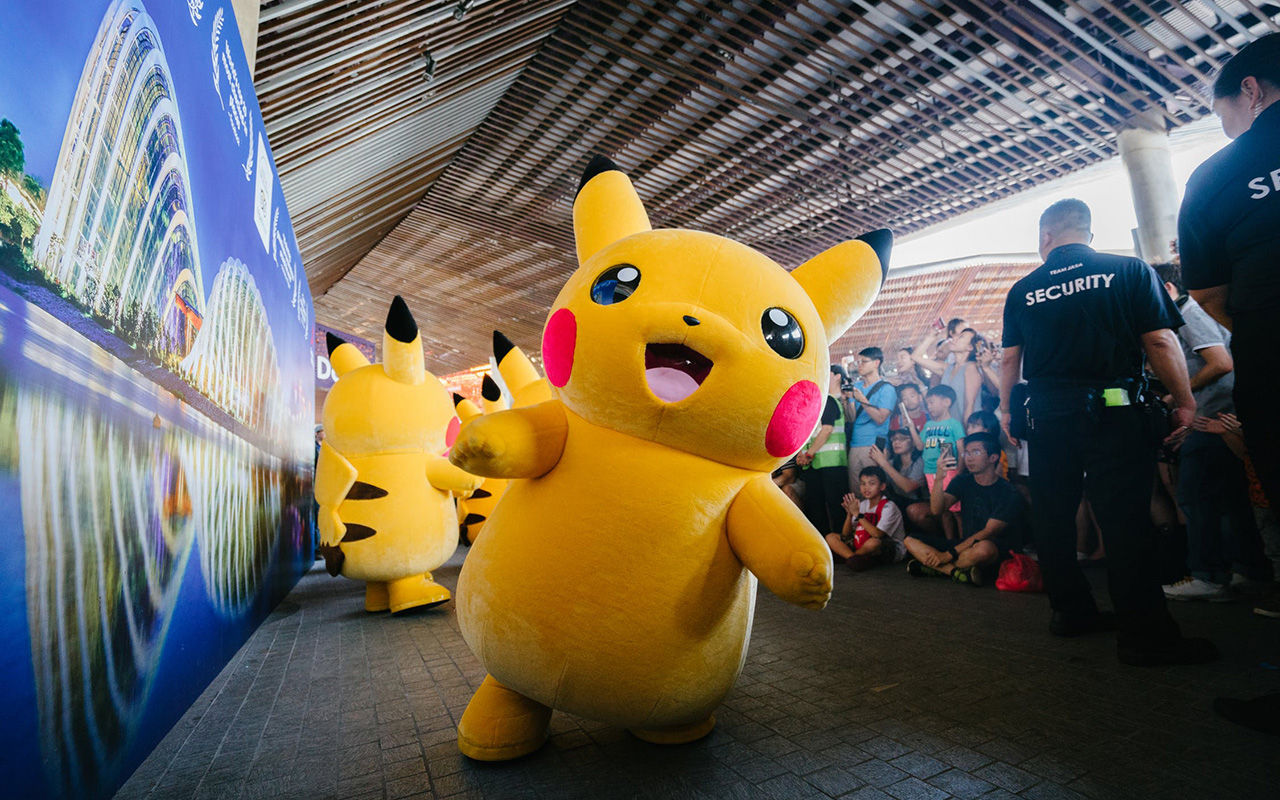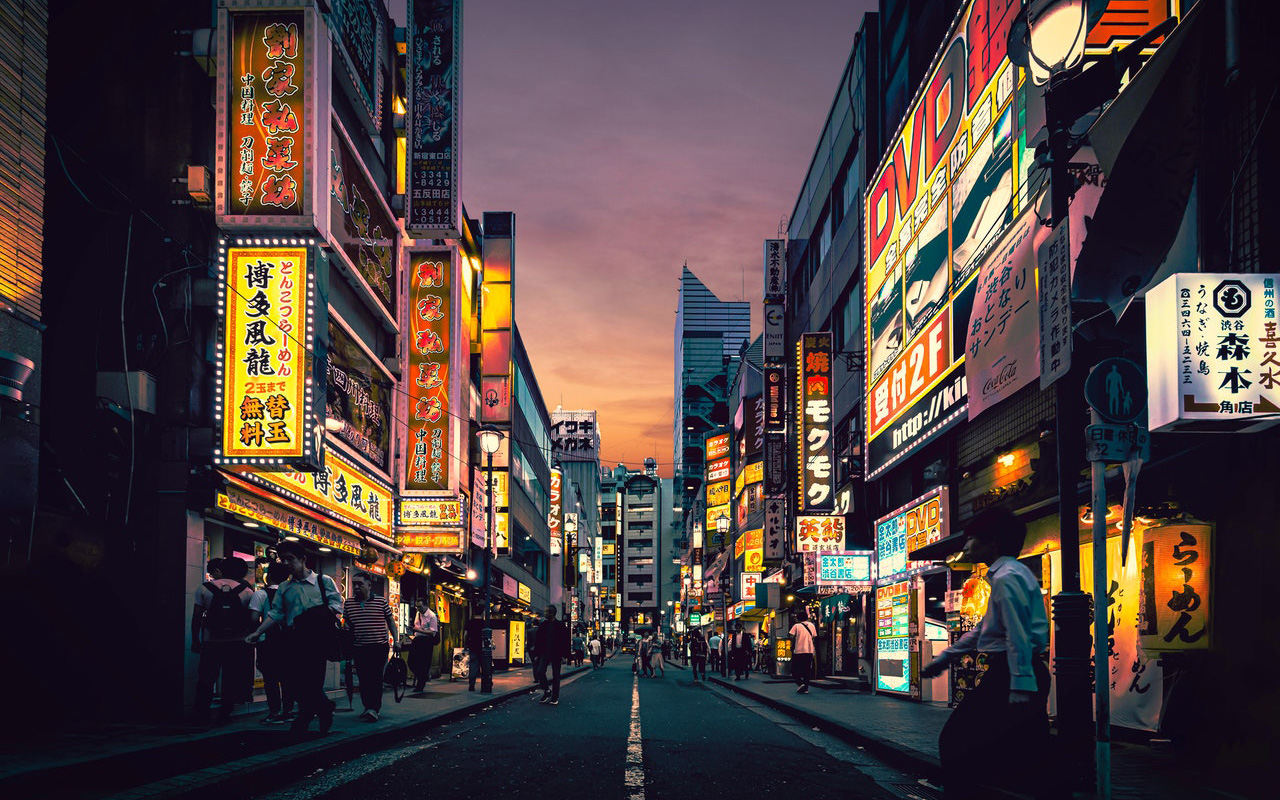Over the years I have developed an interesting relationship with the country of Japan. I have always had a fascination with its culture and beauty, and it has only grown since my first visit to the amazing country, back in 2010. And don’t even get me started on the food, I would go on for hours about the complexity and care and balance with which even the simplest of dishes are created.
I like to believe that each culture has its quirks. What do I mean? I refer to certain traditions, practices and pop culture icons that are considered quite normal amongst the people of that culture but are considered duly departed from the concept of normal amongst most of the other demographics. This concept of quirkiness exists amongst almost every culture (of course it would, it is a major contributor to diversity), but I find certain quirks of the Japanese culture to be quite fascinating. Here’s a look at some of the ones that caught my eye.
Dinner at a Waste Management Plant

The saying goes, “don’t eat where you sh#t”. This concept is turned at its head and incinerated at the Musashino Clean Centre in Tokyo. I have come across some bizarre tourist attractions, but this definitely takes the cake. The facility is an incineration plant where Tokyo gets rid of its waste and they’ve opened a restaurant with huge windows giving you a grand view of the operations.
Crazy as it may seem, this concept is supposed to increase awareness about and promote environmental sustainability. It may seem unsanitary, but knowing the Japanese and their reputation for cleanliness, I’m sure it is perfectly safe to dine at this unusual location. This also brings to light the innovative methods the Japanese people utilize to promote environmental causes.
Strolling Around Nara City with Deer Friends

I’m sure some of us have heard about the City of Nara before. This city is famous for having its bustling deer population overrun the city to a point where you’re likely to see more deer than cars at your local grocery store parking lot. The interesting thing about this place is how the deer have imbibed the Japanese culture of politeness and respect.
Bowing is a huge part in Japanese culture and is considered to be a sign of respect. I find it amazing that the deer seem to understand this (or probably see it as a cue for food), because they will bow their heads every time you approach to feed them. Nara is quite famous amongst tourists seeking unique experiences and is a strange example of the Japanese culture extending to animals.
Work Hard Party Harder Approach to Life

If you were to walk through any city at 2:00 am you would probably be greeted with utter silence and empty streets. Take a stroll through any Japanese metropolis in the afterhours, and you’re likely to find the streets littered with reputed Japanese businesspeople, asleep as they were, after partying a little too hard. You read that right.
It is well known to us that the Japanese are hardworking people. It is considered normal in Japanese culture to clock in 10 hours of work in a day. This extreme work life is also rewarded by ‘blowing off some steam’, after-hours where it is considered acceptable to drink a little too much and perhaps not even make it home for the night. I have actually seen people dressed up in full work attire, just having a lie down on the side of the pavement. You’d think it is dangerous and people might get mugged, but here is where the Japanese shine again by being quite self-policing.
Arriving in Japan is a Unique Experience

You’d usually expect to start experiencing culture shock AFTER you pass immigration at the airport. You’d be wrong. There is subtle thing you’d notice if you can read Japanese right before you head for immigration. There is a board which says, “Welcome to Japan”, in English and “Welcome Back to Japan” in Japanese.
Now this may not seem much to most of us, but it simply reflects the strong sense of belonging most Japanese people are accustomed to right from childhood. Japanese people through their lives, always belong to and are most loyal to a group. When young, its usually your class or school. When they grow up it is their place of work. The concept encourages teamwork and codependency where you find strength in numbers. This interesting concept is a huge reason behind the efficiency of the Japanese people.
It is Not Uncommon for Fictional Characters or Non-Humans to be Ambassadors

Japanese culture obsesses over appointing unusual ambassadors for regions and cities. A classic example is when Geodude (the Pokémon) was appointed ambassador of Iwate Prefecture. Most major cities in Japan will also have a city mascot. These characters are extremely popular amongst the public and often work well in uniting people for local causes.
Another strange appointee was Tama the cat. This cat was named stationmaster and operating officer at Kishi Station on the Kishigawa Line in Kinokawa, Wakayama Prefecture, Japan. This went down so well with the people that Tama had visitors from all around the country. Tama was stationmaster for 6 years before being replaced by another cat.
Wrap Up
I think by now I have given several examples of the quirks Japanese culture has to offer. These quirks are also what set Japanese culture apart from the rest and make me love it so much. I don’t think I will ever get tired of learning more about this amazing country and its lovely people and hope to visit the quirky island nation sometime soon in the near future.



